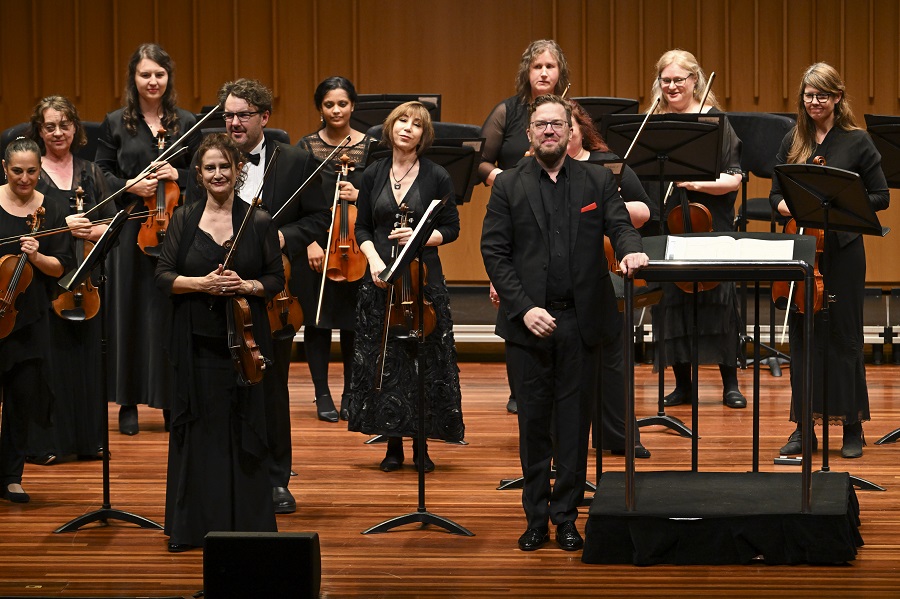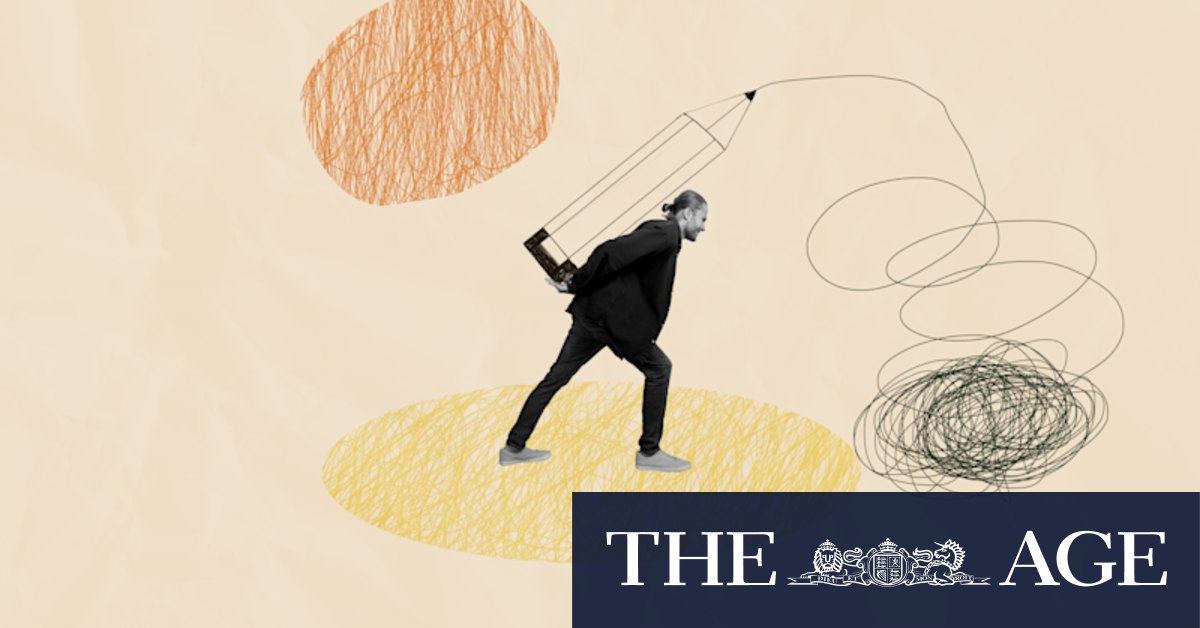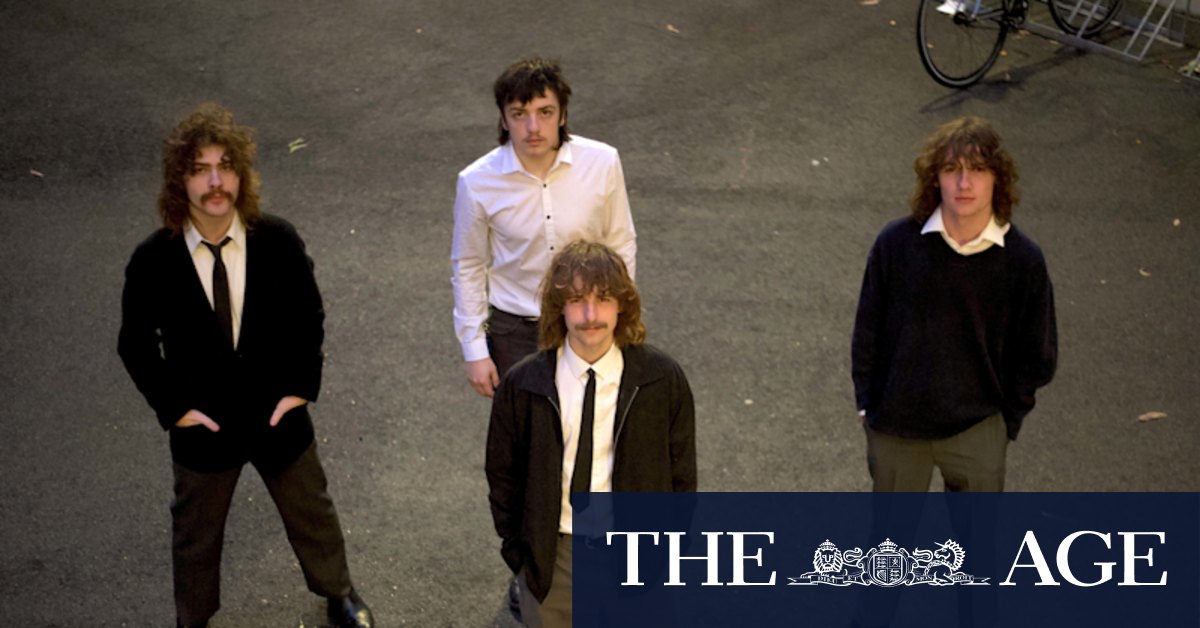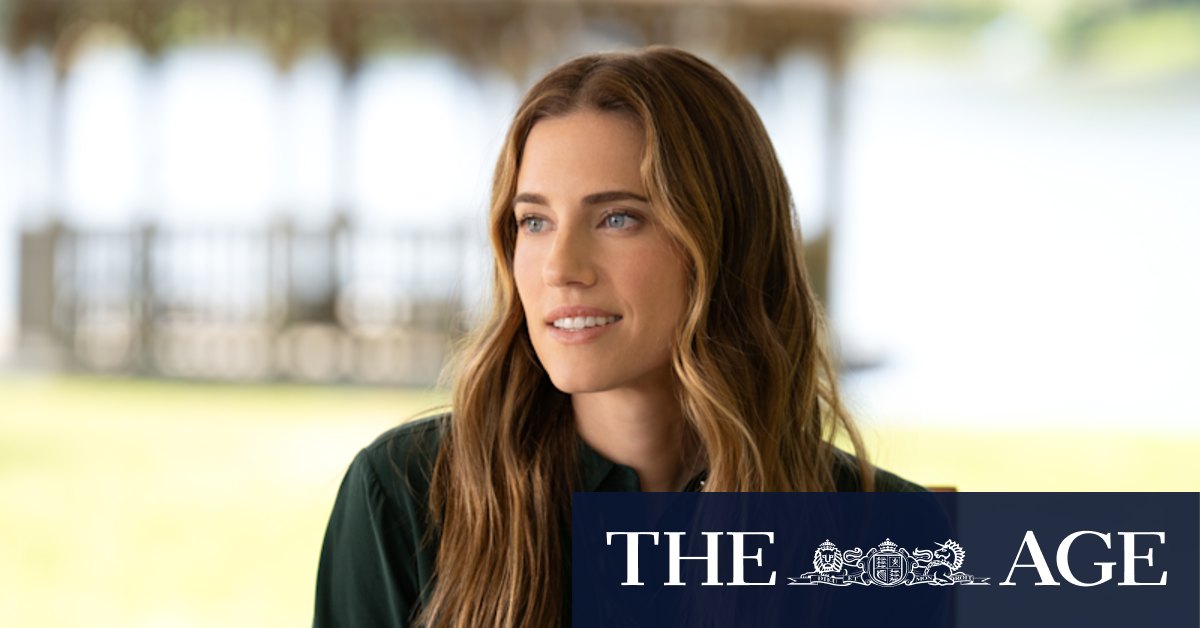Music / Forest Lore, Canberra Symphony Orchestra. At Llewellyn Hall, November 13. Reviewed by MICHAEL WILSON.
Australian conductor Benjamin Bayl has an uncomplicated and inclusive conducting style, almost stripped back to the very basics.
Yet the very adaptable Canberra Symphony Orchestra appeared in sync with his calm direction throughout this powerful and demanding program.
Opening with Dvořák’s Serenade for Strings in five contrasting movements, Bayl’s conducting focused on phrasing and precise dynamics rather than the beat, and given tempo and dynamics change with regularity in the first moderato movement, the orchestra did well to follow his lead so easily.
A conversation between the violins and cellos becomes steadily more complex until every part of the strings section is adding a different layer.
There was a slight imbalance between the strings during mezzopiano and mezzoforte passages, with the cellos feeling a little overwhelmed.
Proceeding to the waltz section, Bayl’s easy and relaxed movements allowed the orchestra to enjoy the succession of melodies and ideas without it feeling rushed or regimented. The colours rendered across the orchestra in the larghetto through the use of dynamic variation were special.
In the finale, strongly attacked notes in the strings gave assertiveness to the way phrases were shaped, with echoes of the first movement reminding us that this work with its many totemic tunes does have a structure after all.

Bayl’s conducting style was more conventional for the remainder of the program. With Mozart’s famous and hummable Horn Concerto in E flat major, guest soloist Andrew Bain (raised in Adelaide, now based in Los Angeles) set a cracking pace, perhaps – occasionally – faster than the conductor first had in mind, but the orchestra adapted almost instantly at each musical junction.
Bain kept his beautiful instrument in its warm colourful mode, avoiding the brassy end of its range. The soloist chose when to advance and when to pull back, travelling in a number of different directions in the andante. Overall, this work was beautifully executed, with Bain’s textured trills in the final movement a real highlight. A solo Star Wars medley as an encore was an unexpected treat.
The premiere performance of a new Australian work, commissioned by the CSO, Antique Flight Stilled Through Millennia by Chris Sainsbury, drawing on the poem Duck Season by Isobel Robin, was highly evocative of startled birds taking flight, spiralling up into the air.
Open passages of woodwind, followed by the strings, implied a scene of chaos resolving into harmony, followed then by busy textured strings with woodwind and brass punching through like a foghorn in rapid crescendo-decrescendo entries.
What happens when a composer suddenly has access to several more French horns that usual? From Haydn, we get his Symphony No.31 in D Hornsignal, resplendent with hunting calls and fanfares from the CSO’s bright and blended brass section. A tremendously entertaining work, but one that is very demanding for the strings, this orchestra romped confidently through its changing textures and evocative pastoral scenes.
The final movement showed off CSO players in substantial solo passages, with Kiri Sollis’ (flute) performance a particular highlight.
Canberrans can continue to be proud of their excellent orchestra, and its engagement of guest conductors has given it new scope and undaunted adaptability.
Who can be trusted?
In a world of spin and confusion, there’s never been a more important time to support independent journalism in Canberra.
If you trust our work online and want to enforce the power of independent voices, I invite you to make a small contribution.
Every dollar of support is invested back into our journalism to help keep citynews.com.au strong and free.
Thank you,
Ian Meikle, editor






